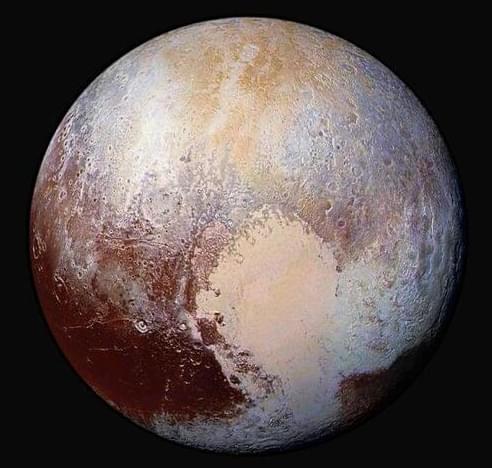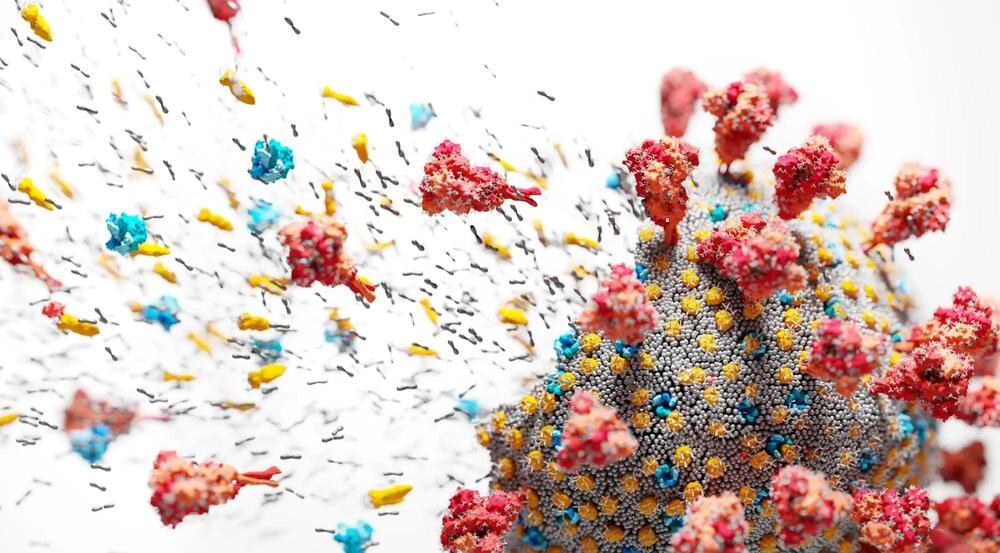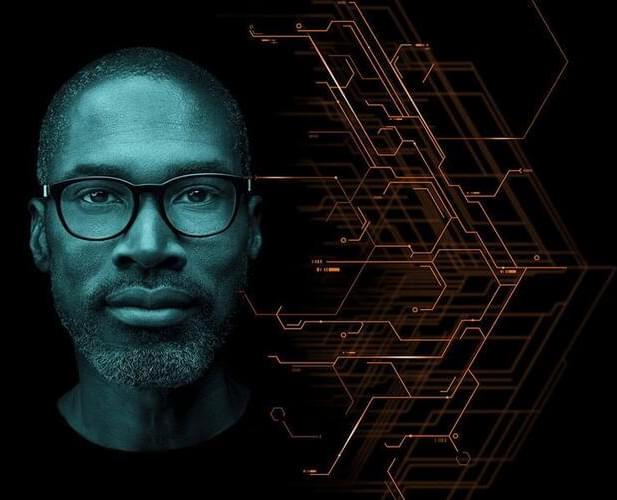Aging is a major risk factor for most chronic conditions, evidence shows, yet much of current research focuses on addressing specific diseases. The new translational geroscience initiative at Yale School of Medicine (YSM) seeks to change that approach by studying the effects of aging on various ailments.
“Yale School of Medicine has a long legacy in studying aging, but with this new initiative we are bolstering our ability to delineate basic mechanisms of healthy and accelerated aging,” said Nancy J. Brown, MD, Jean and David W. Wallace Dean of the Yale School of Medicine and C.N.H. Long Professor of Internal Medicine.
The mechanisms underlying the aging process are often also driving the development and progression of chronic conditions, explains Thomas Gill, MD, Humana Foundation Professor of Medicine (Geriatrics) and professor of epidemiology, Yale School of Public Health, and of investigative medicine at YSM, who leads the Yale Pepper Older Americans Independence Center.









